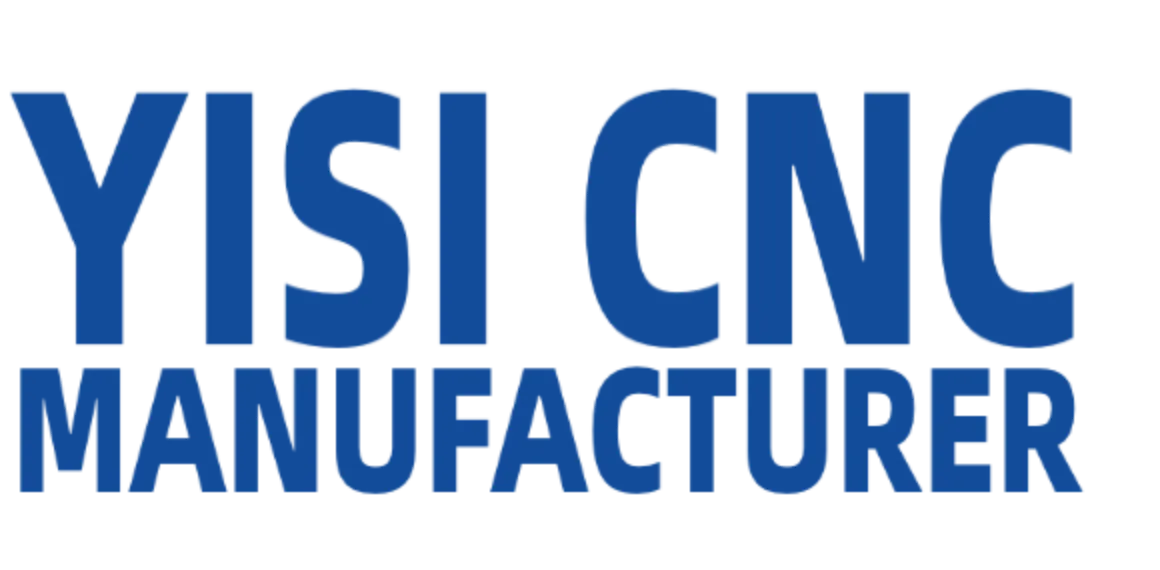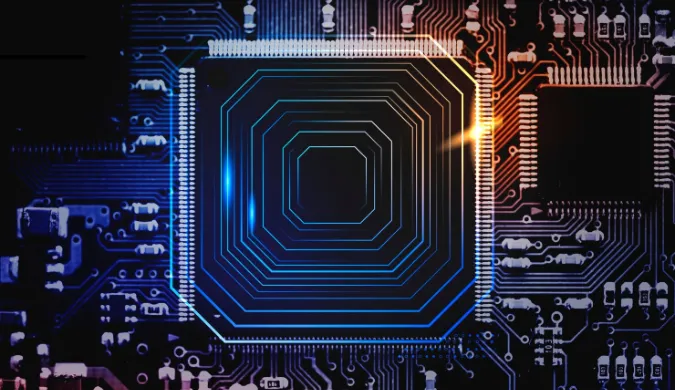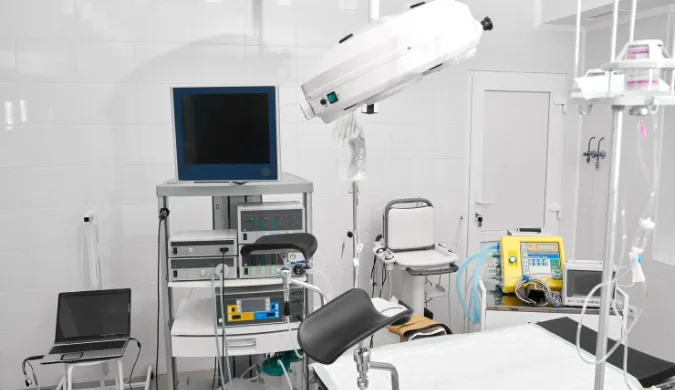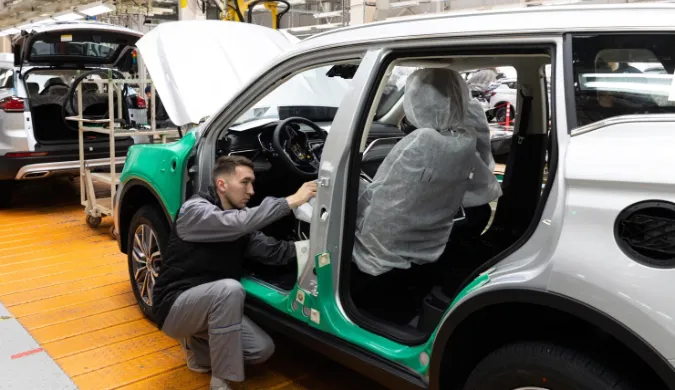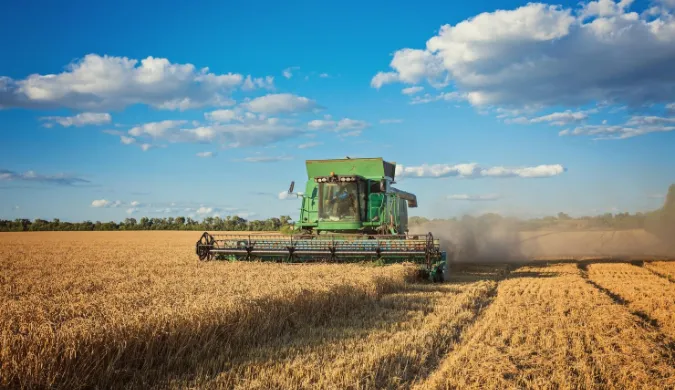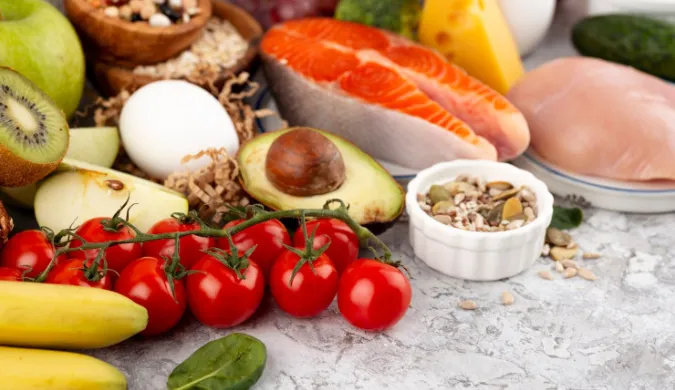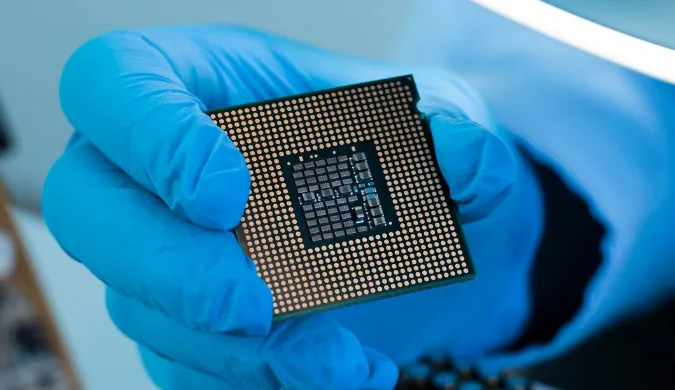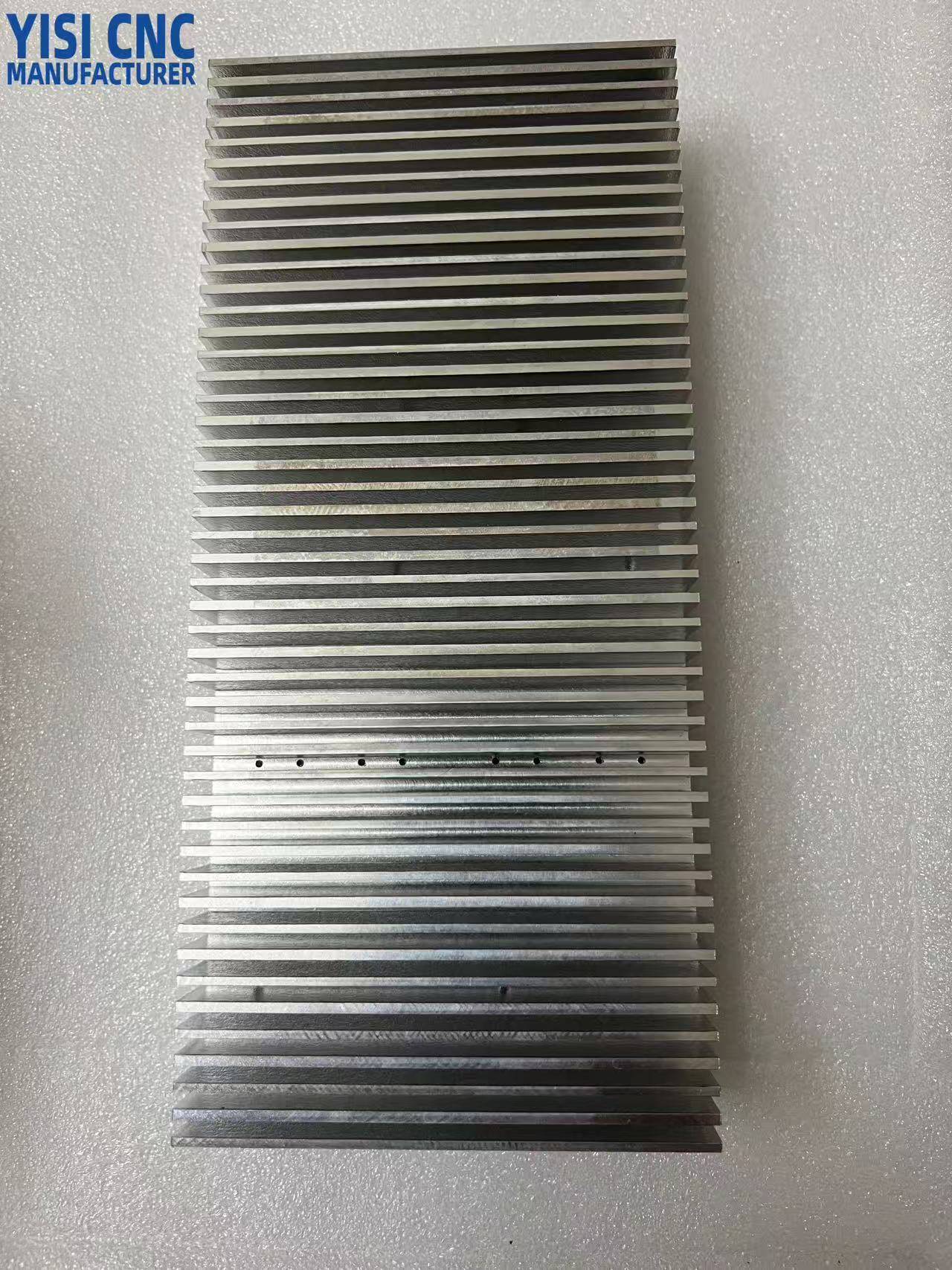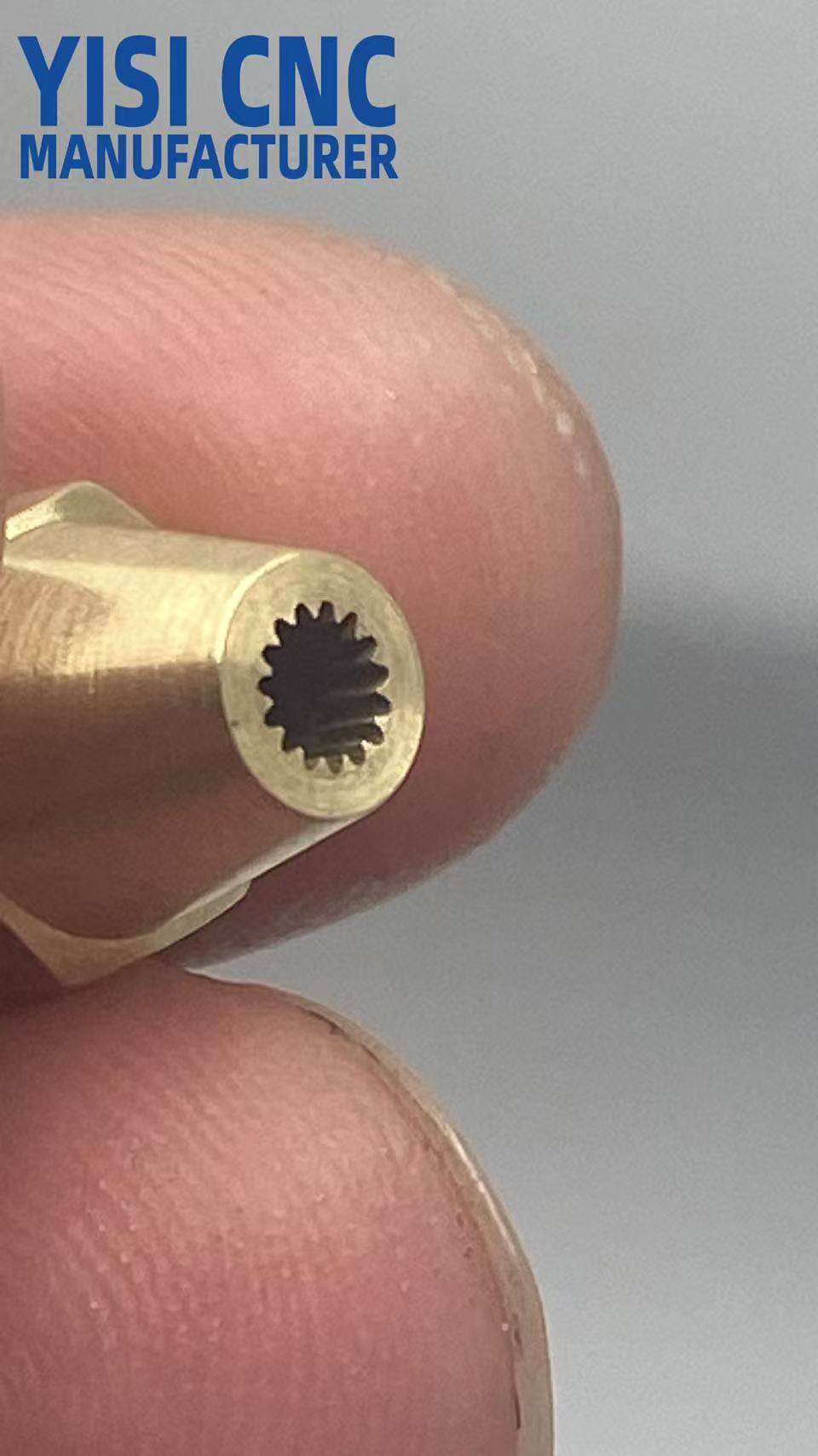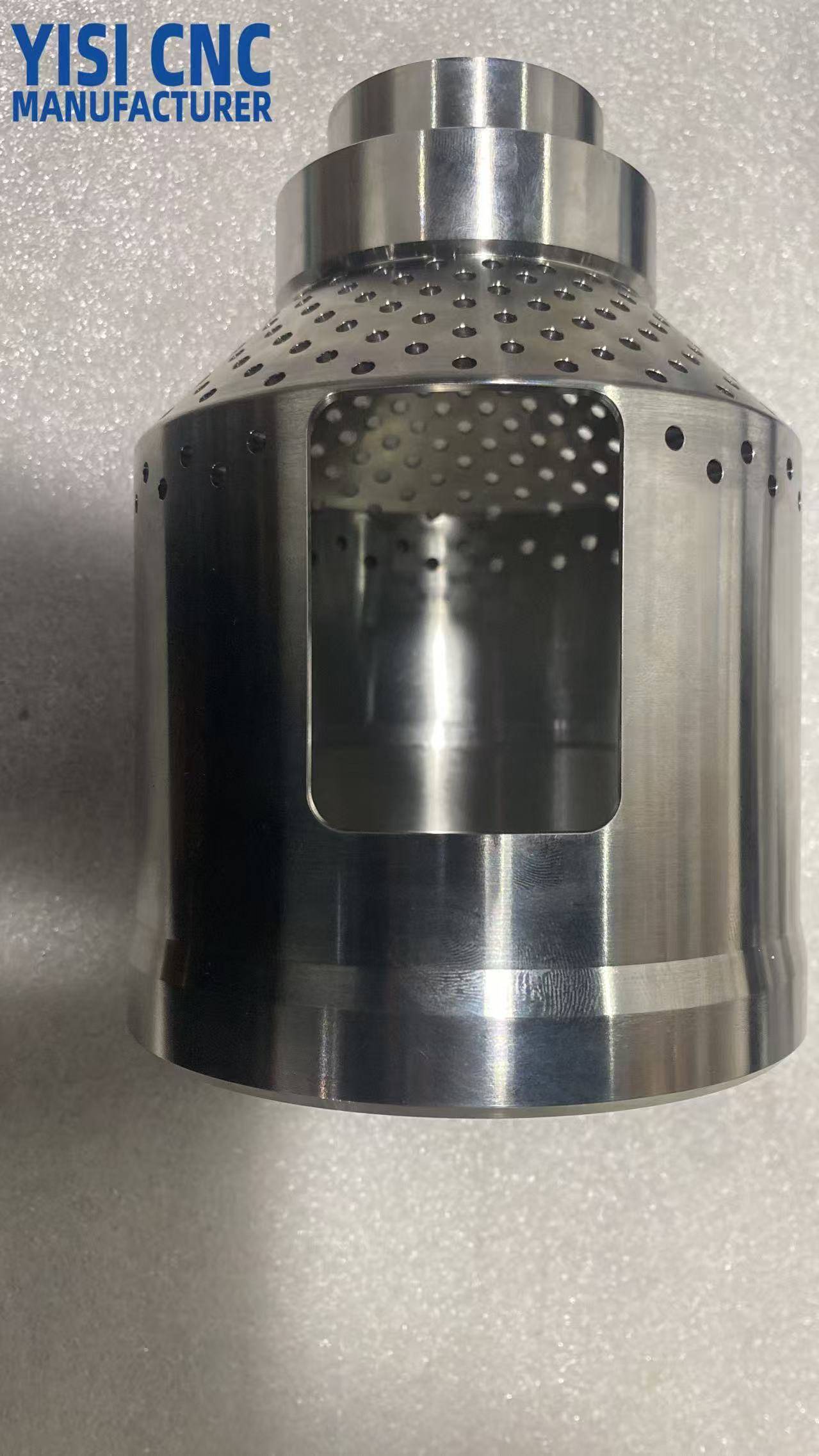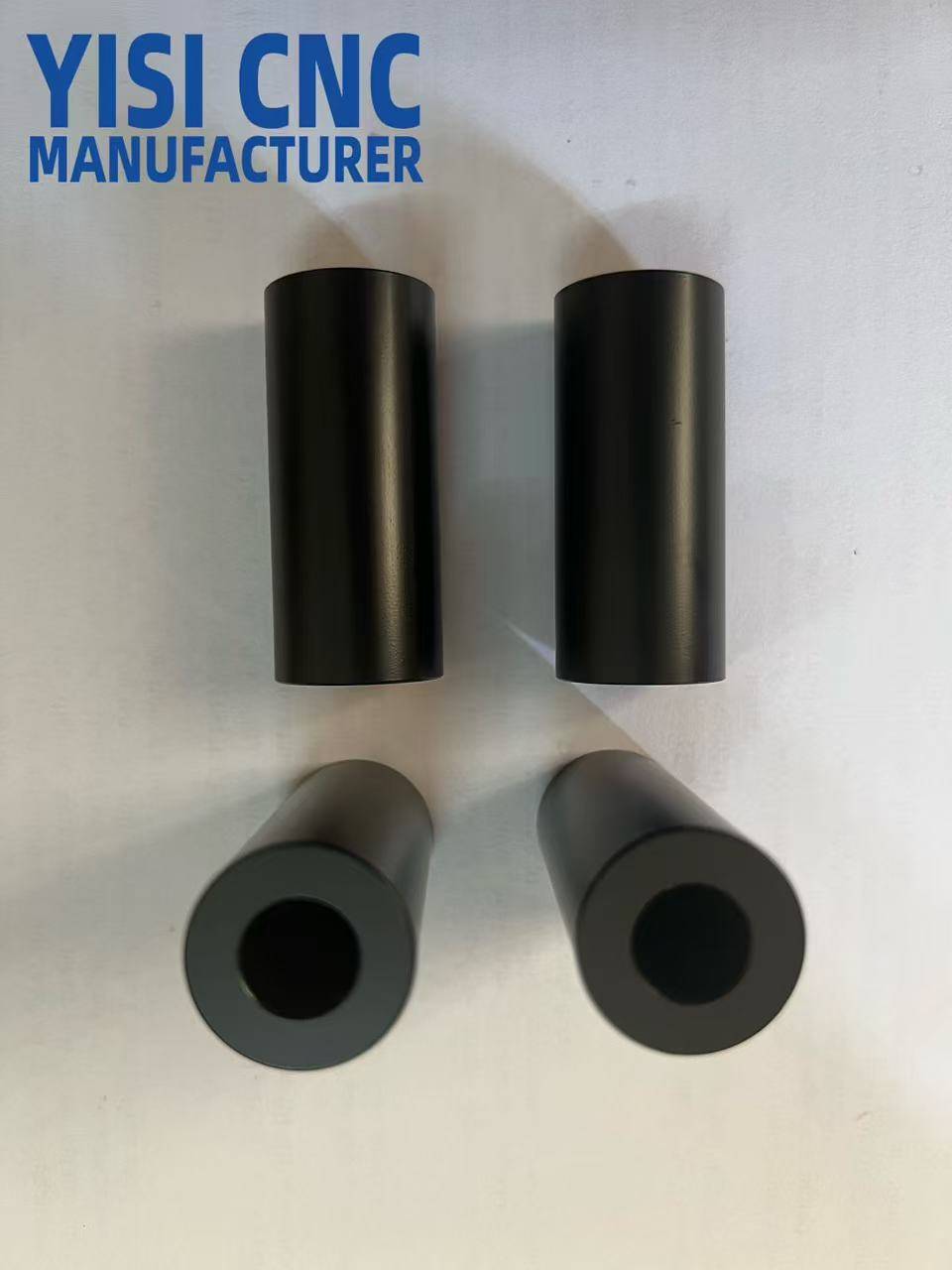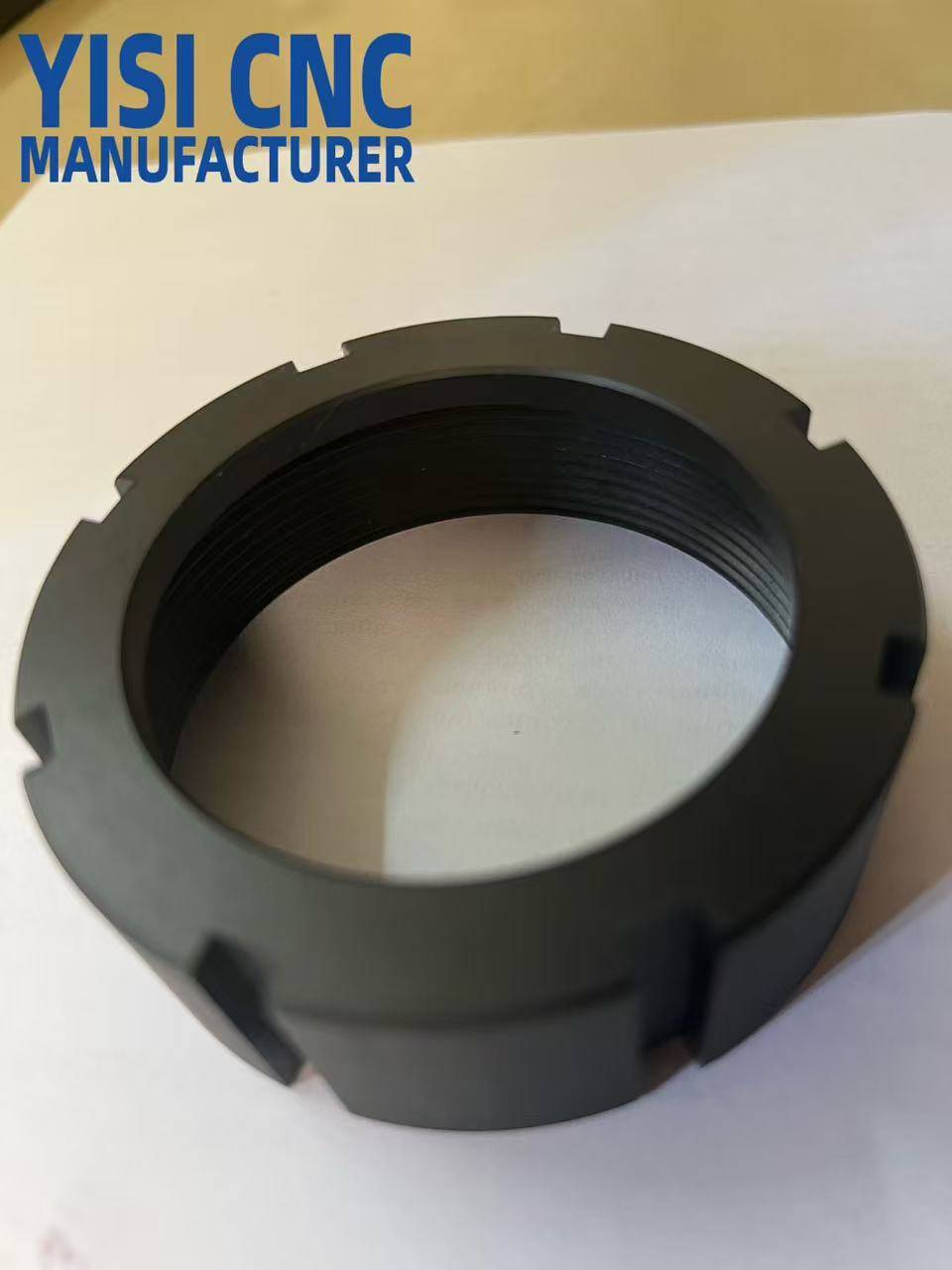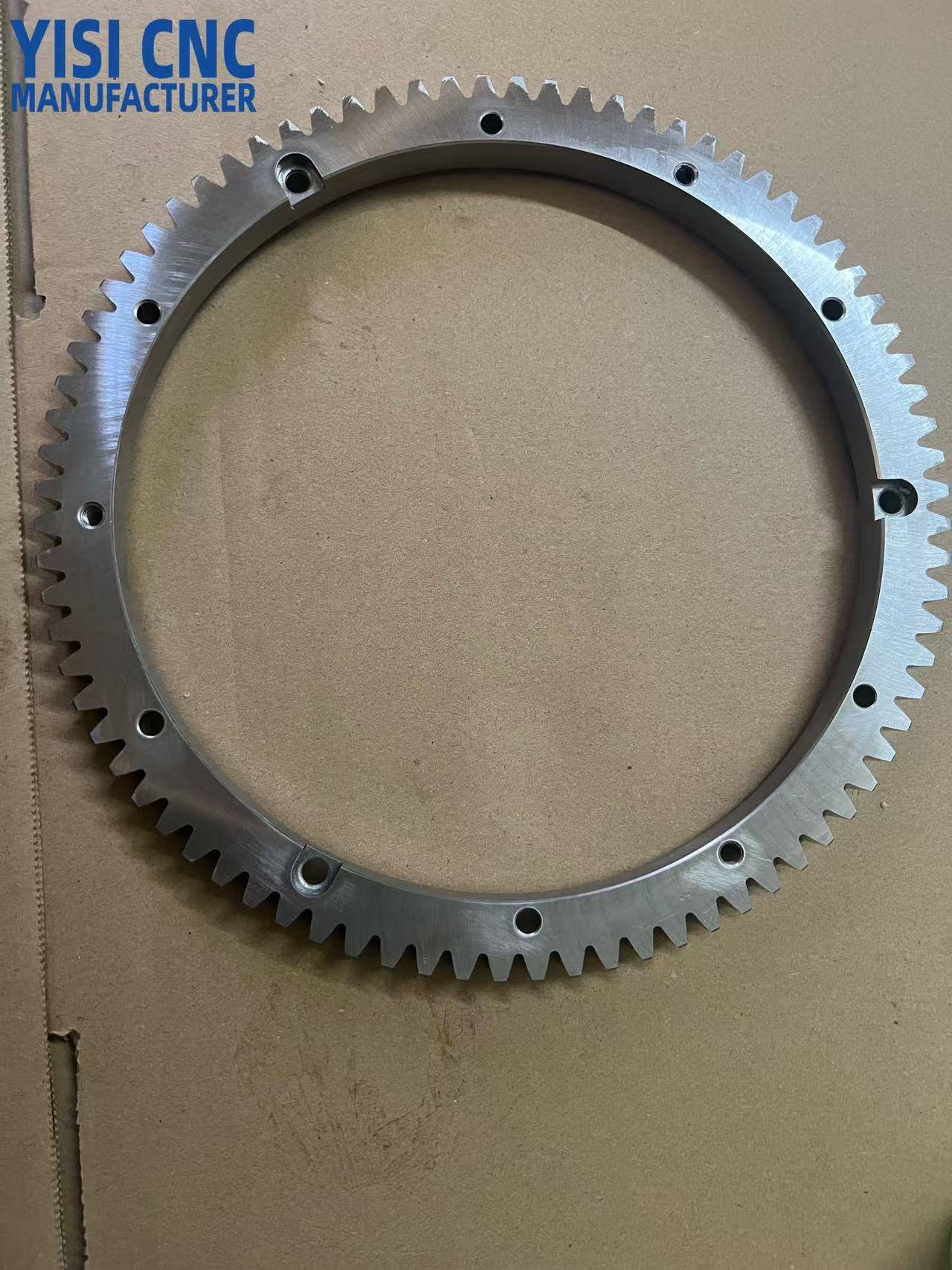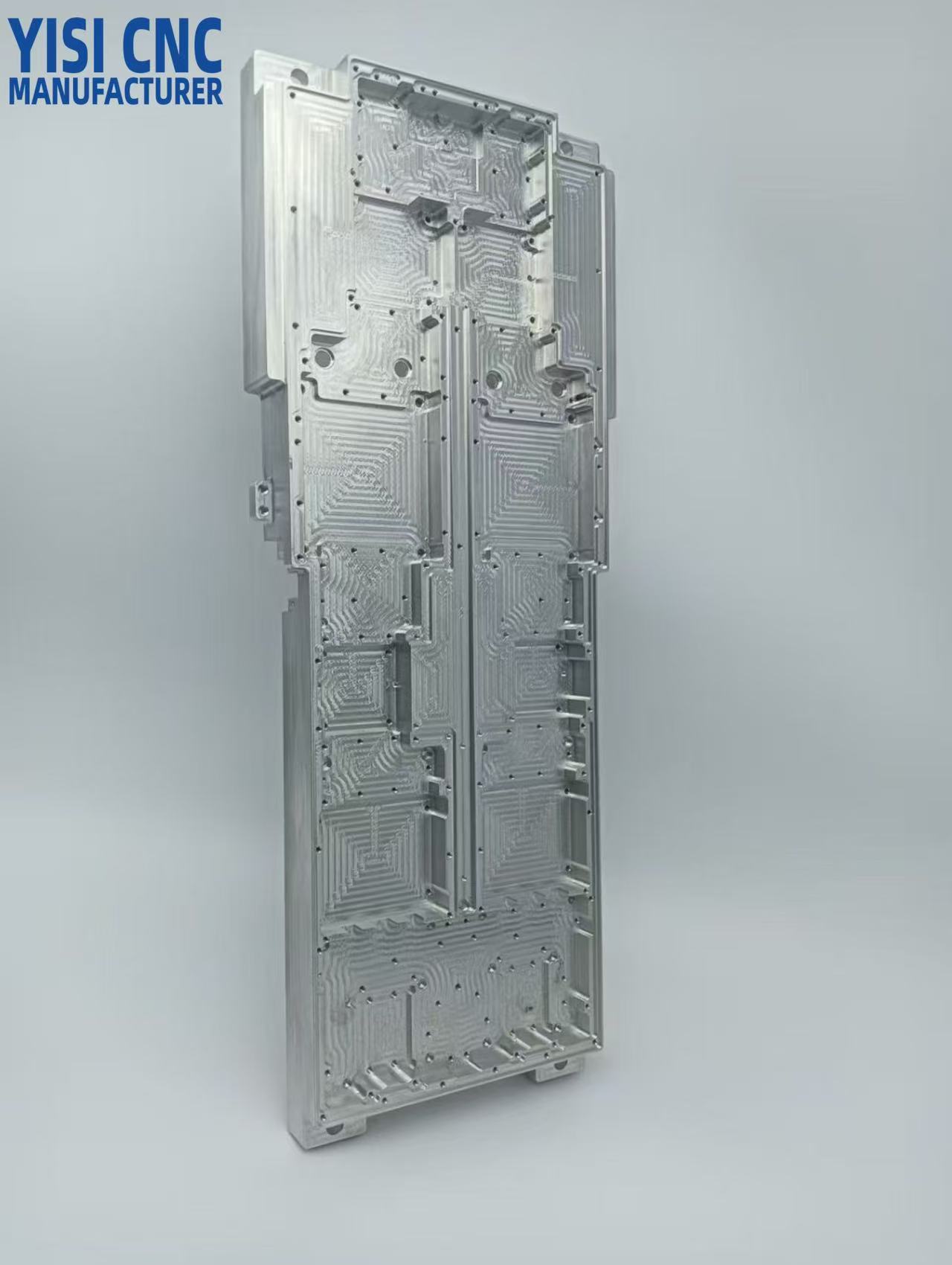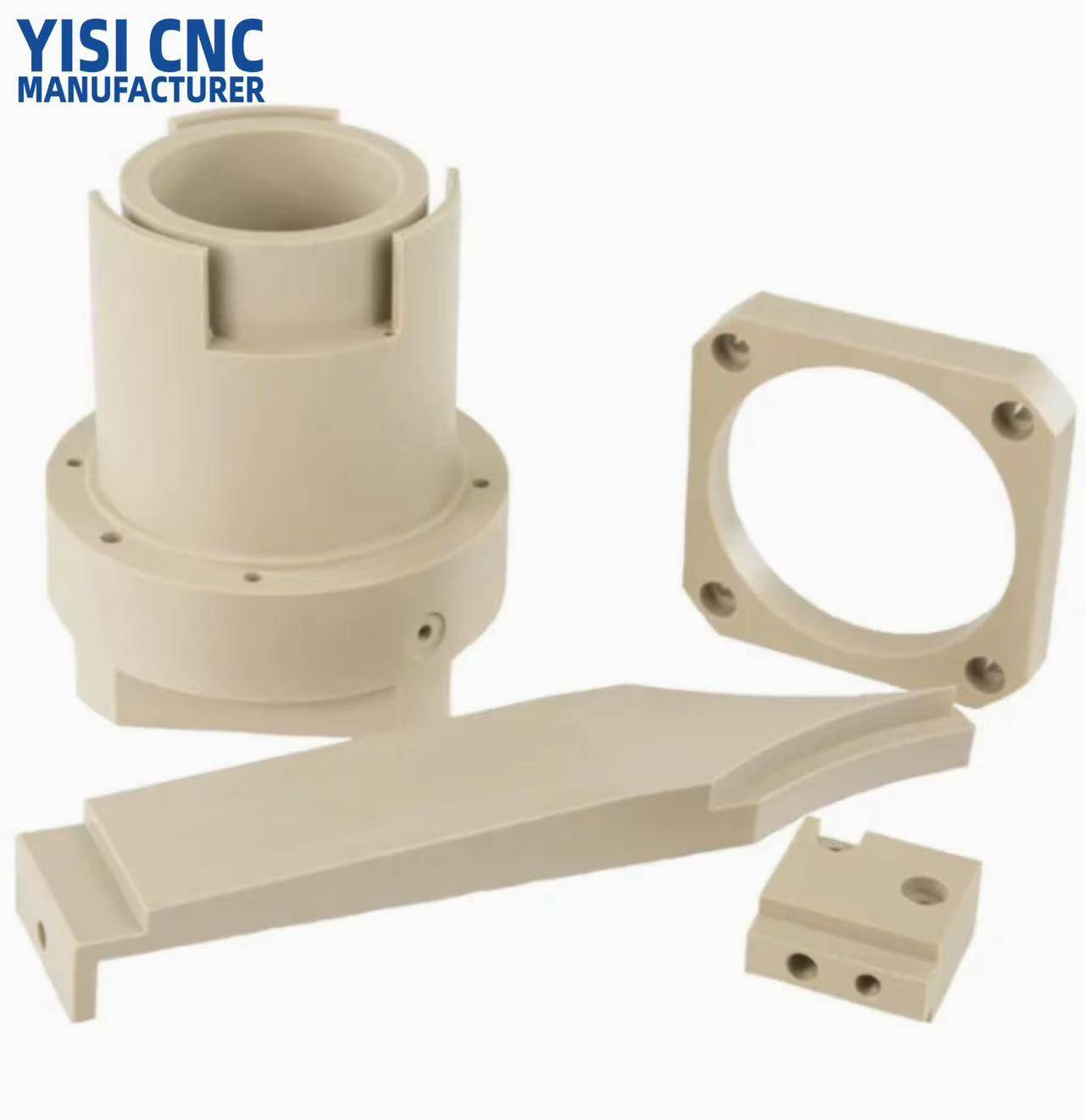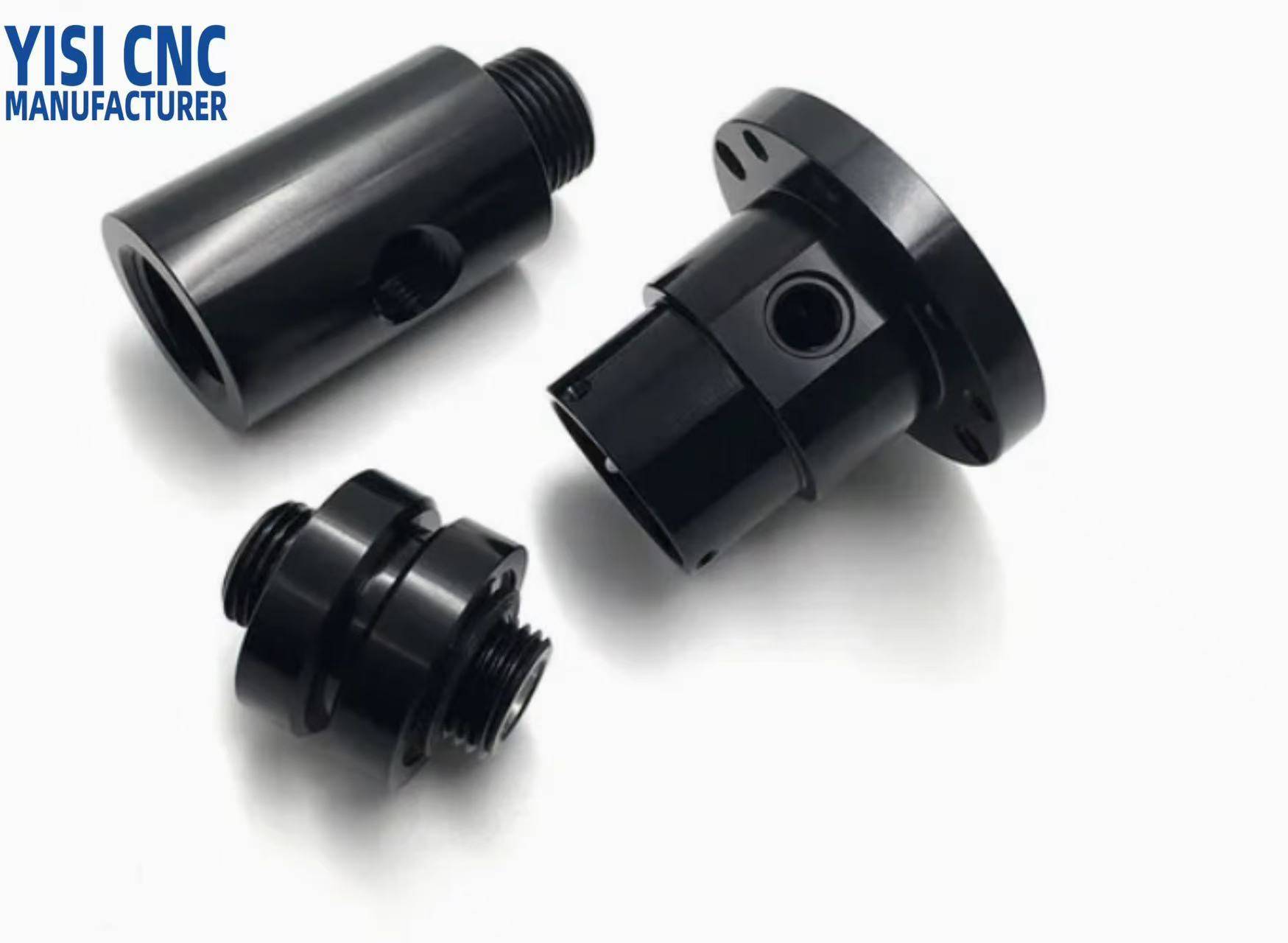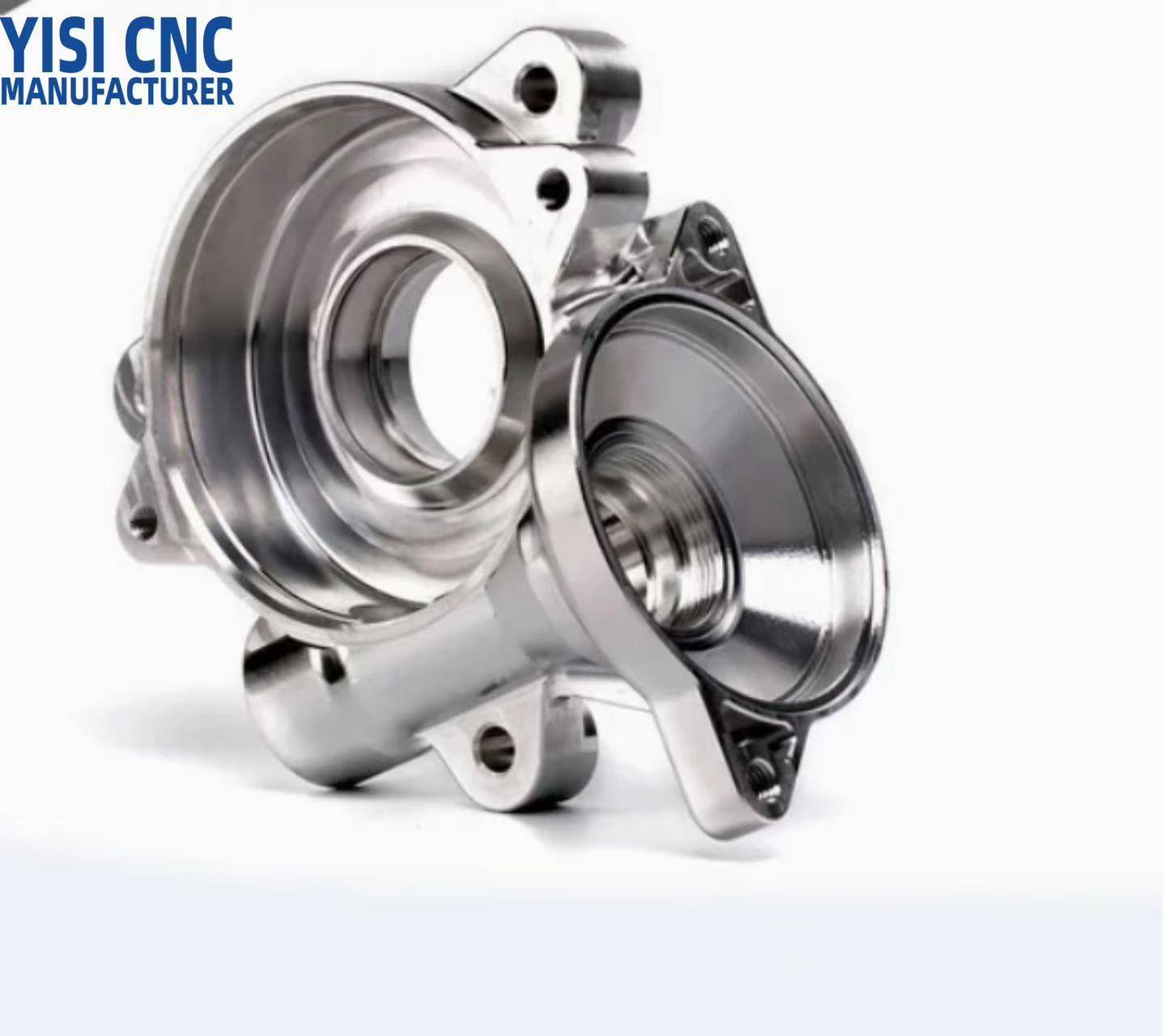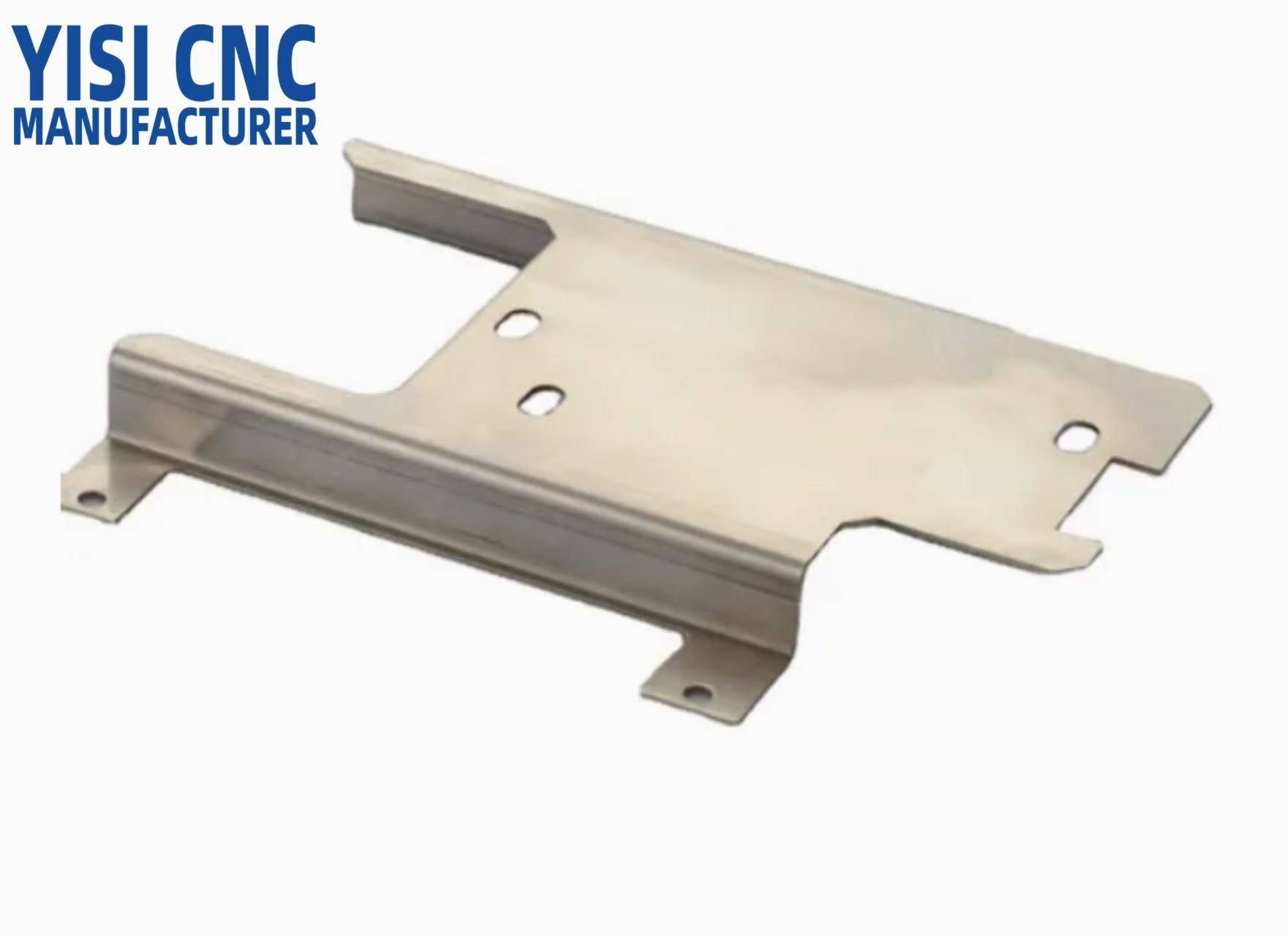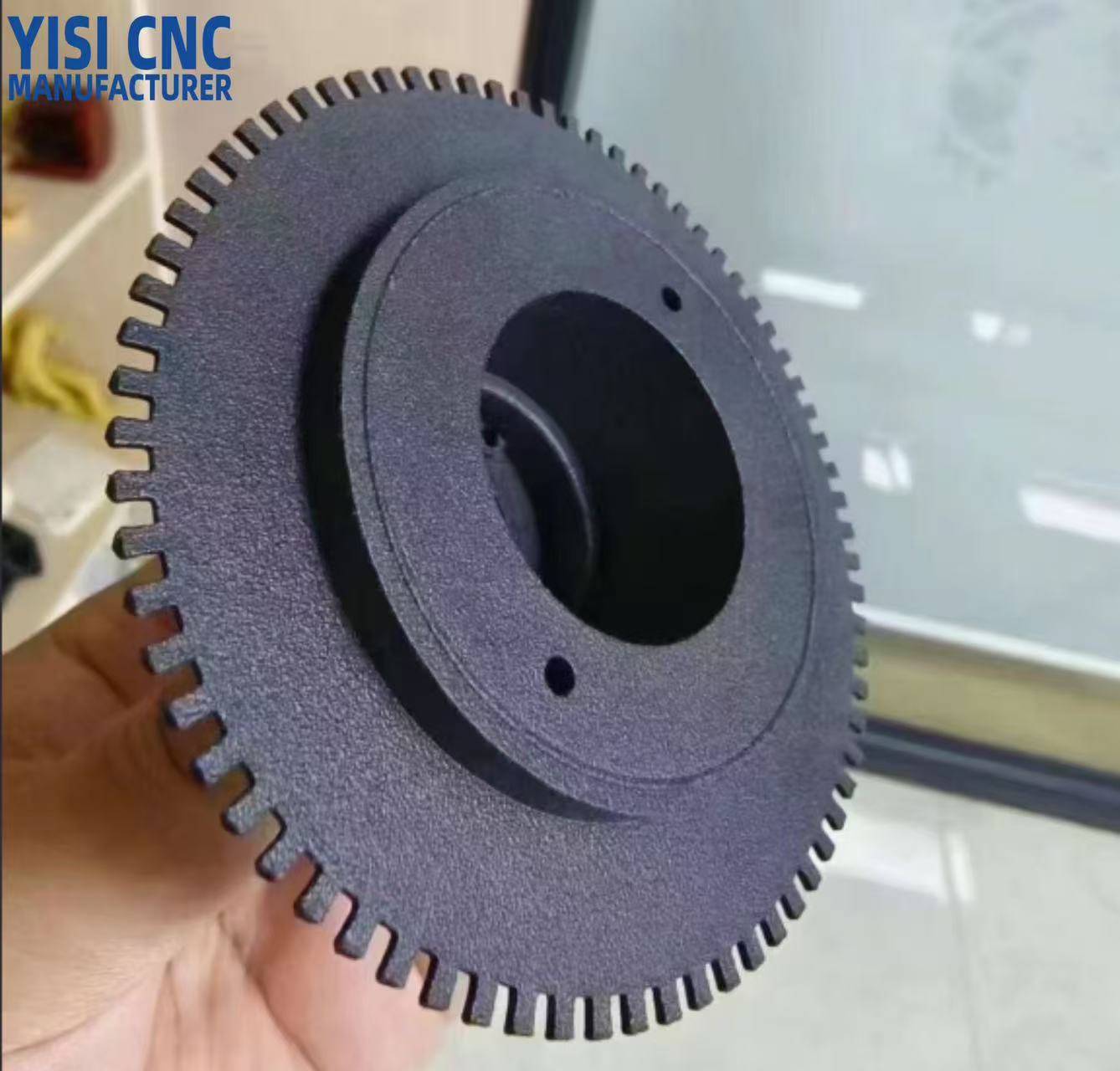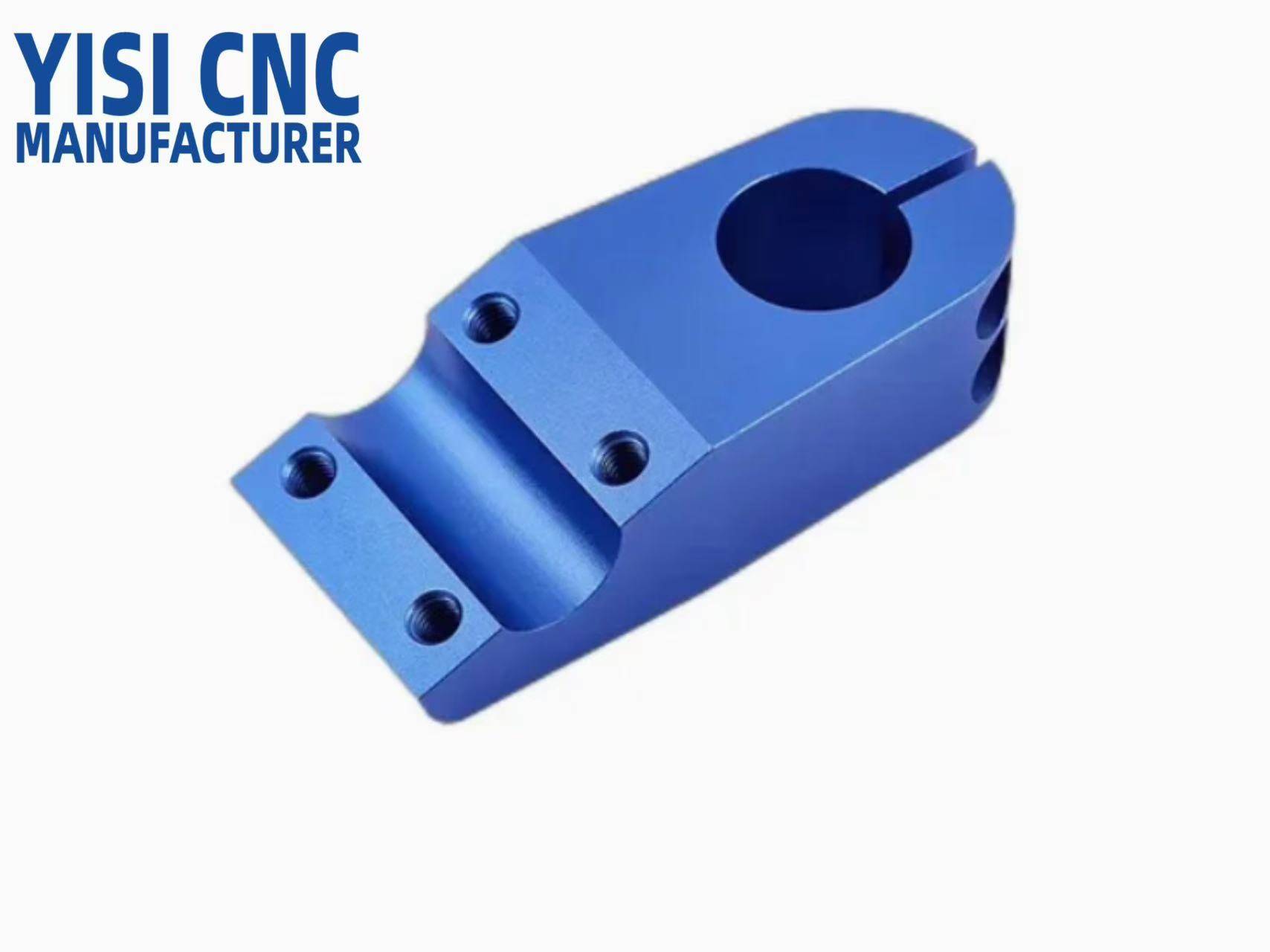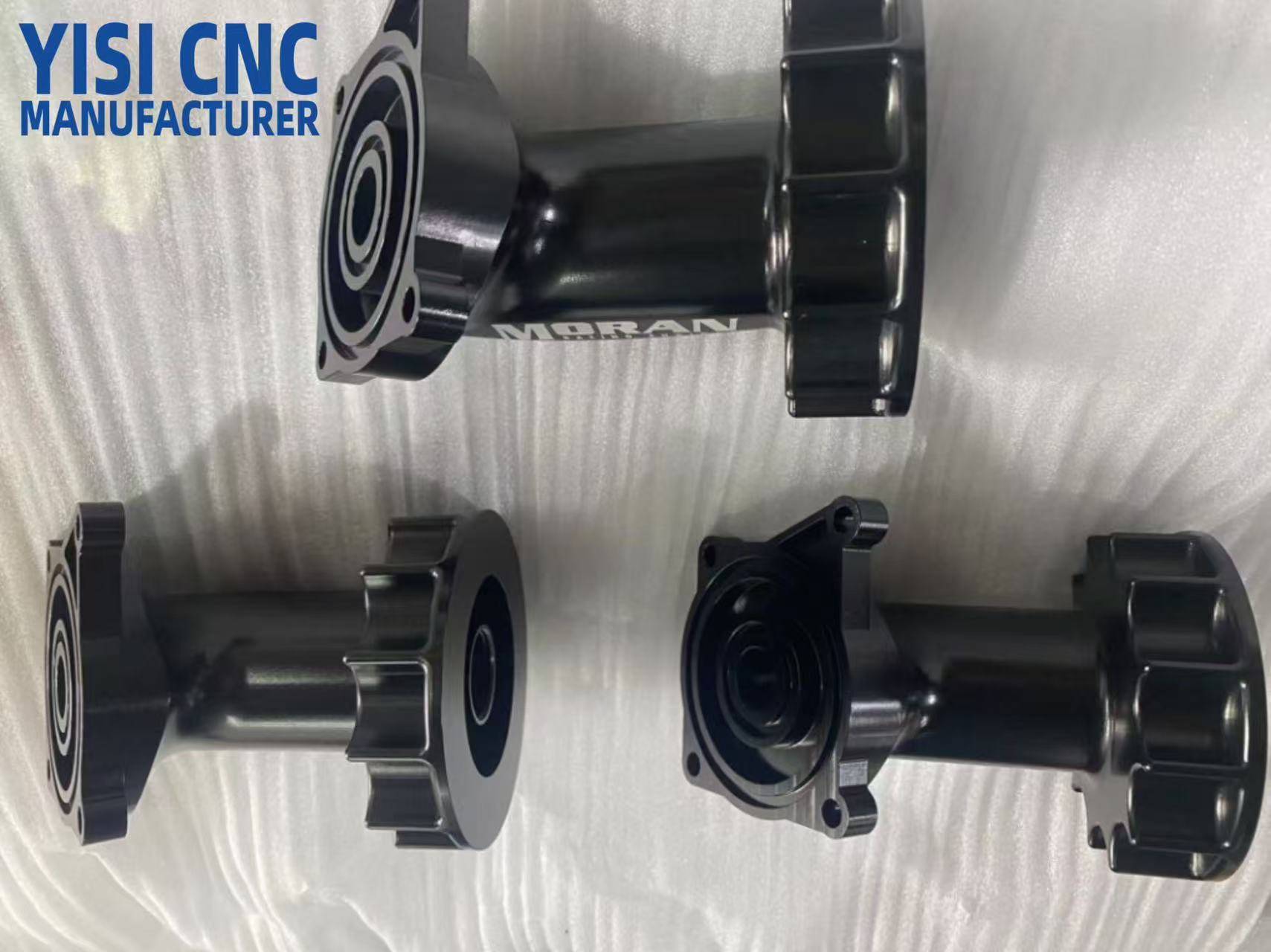YiSi CNC Precision CNC Turning Capabilities and Features
YiSi CNC (YISICNC.com) is capable to provide cost-effective CNC turning lathe services and quality products with high precision and accuracy for vast projects.
-
 Flexible pricing
Flexible pricingFast Quote, Flexible Pricing; High Dimensional Accuracy, High Speed and High Reliability.
-
 High Quality
High QualityCMM, Pin Gauges, Roughness Machine, Projector and Micrometer, Concentricity measurement; Rapid Prototyping and End-Use Production.
-
 Custom Materials & Finishes
Custom Materials & Finishes50+ Metals and Plastics, 10+ Surface Finishes; Smooth Surface and Strict Tolerance, Custom Material and Surface Treatment.
-
 High Efficiency
High EfficiencyHigh Productivity and Improved Efficiency; Low, Medium to High Volume Production Runs.
Custom CNC Turning Services And Parts - OEM China CNC Turned Components Manufacturer And Company
YiSi CNC is an experienced precision CNC turning services supplier, manufacturer, exporter in China, has been specialized in offering best OEM CNC lathe services for superior quality low cost CNC lathing/turning parts or high precision machined components with the operation of an impressive range of state-of-the-art turning machines, such as washers, bolts, shafts, rivets, spacers, sleeves, nipples, stainless steel fittings, pipe fittings, light fittings, wheel studs, etc.
Our advanced CNC turning center routinely works with a wide variety of materials, ranging from copper, brass, stainless steel, carbon steel, aluminum, and titanium. We can always choose a suitable precision turning process to reach your requirements. Our custom CNC machining services ensure that our customers receive the highest quality CNC turned parts. Send your inquiry or drawing fast to get an online CNC quote.
CNC Turning Tolerance at YiSi CNC
We have multiple CNC manufacturing capabilities and can meet a wide variety of needs.
UNC & UNF threads from #2 up to 0.5 in.
Metric threads M1.2 and above.
turned outside corners will typically include a 0.005 in. chamfer.
- Minimum on-axis and axial: 0.04 in. (1mm)
- Minimum radial: 0.08 in. (0.5mm), 0.04 in (0.5mm) for aluminum and brass
- Minimum OD groove width: 0.047 in. (1.2mm)
- Minimum OD groove width for aluminum and brass:0.019 in (0.5mm)
- Maximum OD groove depth: 0.95 in. (24.1mm)—varies with a groove width
+/- 0.025mm
+/- 0.001 inches
+/- 0.025mm
+/- 0.001 inches
+/- 0.025mm
+/- 0.001 inches
950*550*480mm
37.0 * 21.5 * 18.5 inches
| CNC Machining Standards (DIN ISO 2768-1(1991-06) | ||||||||||||||
|---|---|---|---|---|---|---|---|---|---|---|---|---|---|---|
| Tolerance class | tolerance(mm) | |||||||||||||
| Metal (ISO 2768-F) | Plastic (ISO 2768-F) | |||||||||||||
| 0.5 to 3 | Over 3 to 6 | Over 6 to 30 | Over 30 to 120 | Over 120 to 400 | Over 400 to 1000 | Over 1000 to 2000 | 0.5 to 3 | Over 3 to 6 | Over 6 to 30 | Over 30 to 120 | Over 120 to 400 | Over 400 to 1000 | Over 1000 to 2000 | |
| F | ±0.05 | ±0.05 | ±0.1 | ±0.15 | ±0.2 | ±0.3 | ±0.5 | ±0.05 | ±0.05 | ±0.1 | ±0.15 | ±0.2 | ±0.3 | ±0.5 |
| General tolerances for shape and position (DIN ISO 2768-2(1991-04) | |||||||||||||||
|---|---|---|---|---|---|---|---|---|---|---|---|---|---|---|---|
| Tolerance class | tolerance(mm) | ||||||||||||||
| Straightness and Flatness | Verticality | Symmetry | |||||||||||||
| 10 | 10 to 30 | 30 to 100 | 100 to 300 | 300 to 1000 | 1000 to 3000 | to 100 | 100 to 300 | 300 to 1000 | 1000 to 3000 | to 100 | 100 to 300 | 300 to 1000 | 1000 to 3000 | ||
| H | ±0.02 | ±0.05 | ±0.1 | ±0.2 | ±0.3 | ±0.4 | ±0.2 | ±0.3 | ±0.4 | ±0.5 | ±0.5 | ||||
CNC Turning Materials at YiSi CNC - Materials Used for CNC Turning Services
CNC turning service can be applied to a wide variety of materials, including metal, plastic, and wood. Different lathes are needed for turning metal and wood. According to the types of machined part materials, certain maintenance and safety precautions may be required for the lathe. Here are some common materials for CNC turning manufacturers below. If the material you required is not listed in the table, please contact us.
| Material | Available Types & Grades |
|---|---|
| Aluminum |
Aluminum 2024 Aluminum 5052 Aluminum 5083 Aluminum 6063 Aluminum 6061 Aluminum 6082 Aluminum 7050 Aluminum 7075 |
| Brass/Bronze |
Brass C360 Brass 260 C932 M07 Bearing Bronze |
| Copper |
Copper C110 Copper 101 |
| Steel |
Alloy Steel 4130 Alloy Steel 4140 Mild Steel 1018 Mild Steel A36 |
| Stainless Steel |
Stainless Steel 17-4 Stainless Steel 18-8 Stainless Steel 303 Stainless Steel 304/304L Stainless Steel 316/316L Stainless Steel 416 Stainless Steel 420 |
| Titanium |
Titanium Grade 2 Titanium Grade 5 |
| Plastics |
ABS Nylon POM PEEK PMMA PTFE Polystyrene Polyethylene Polycarbonate |
CNC Turning Surface Finishes at YiSi CNC - Surface Finishing Process for Turned Parts
Here is a wide selection of metal surface finishing services at your choice for the machined CNC turning parts to improve the part appearance, surface smoothness, corrosion resistance, and other characteristics.
| As machined | Description |
|---|---|
| As machined | Standard finish with a surface roughness of 1.6 μm (126 μin). |
| Smoothing | The standard smoothing surface roughness (Ra) is 0.8 μm (63 μin). |
| Painting | Spraying paint, pigment, or color to a solid surface as a colored protective layer. |
| Passivation | Remove ferrous contaminants or use a light coat of protective material to create a shell. |
| Powder Coating | A functional and decorative finish that is applied as a free-flowing, dry powder. |
| Anodizing | Type II (anodizing color or clear) or Type III (anodizing hard coat) |
| Polishing | Produce a smooth and shiny surface. |
| Black Oxide | Forming a black conversion coating on metal parts. |
| Bead Blasting | Removing surface deposits by applying fine glass beads at a high pressure. |
| Abrasive Blasting/Sandblasting | Smoothing and cleaning a hard surface by forcing solid particles across that surface. |
| Electroplating/Plating | Form a thin coherent metal coating on an electrode. |
| Brushing | Polishing the metal with grit resulting in a unidirectional satin finish. |
| Chromate Conversion Coating | Increase the corrosion resistance while maintaining conductive properties. |

If you need unconventional materials and custom surface treatment, please contact us.
Contact UsThe following parts are a good fit for lathe machining:
Rotary parts with high precision requirements.
Rotary parts with complex surface shapes.
Rotary parts with lateral machining.
Ultra-precision and ultra-low surface roughness parts.
Parts with special threads.
The main costs related to CNC machining can be divided into machining time, start-up cost, material cost, and feature cost. To reduce costs, you need to understand the impact of these factors on costs.
- The best way to reduce machining time is to design features that can be processed quickly, such as by selecting the correct inner corner radius, reducing the cavity depth, increasing the wall thickness, limiting the thread length, and designing holes of standard size.
- The material cost can be reduced by considering the size of the required blank and the cost and machinability of bulk materials (softer alloys process faster).
- Start-up costs can be reduced by reducing the number of part rotations or repositioning required to complete the part, such as dividing the geometry into multiple parts that can be assembled later.
- Using tolerances only when strictly necessary, deleting all text and letters, and avoiding multiple surface treatments can reduce feature costs.
Read more detail in our complete guide on how to reduce the cost of CNC machining parts.
CNC turning is used for creating a variety of parts, including auto parts, knobs, tubes, gears, toy parts, flywheels, crankshafts, hubs & disc cams. It is most often used to manufacture CNC parts online for automotive, aerospace, medical, and other industries.
CNC turning center, the equipment or machines for CNC turning service, is a computer-controlled 3, 4, or 5-axis machine that has capabilities of turning, drilling, tapping, and milling, using live tools with powered rotary tool turret, dual spindles, Y-axis, and multiple turrets. While CNC lathe machine is simpler 2-axis with one spindle, basically composed of headstock, carriage, tailstock, and bed.
- CNC turning centers have more complex structures than CNC lathes.
- CNC turning centers have higher production capabilities and versatility than CNC lathes.
- CNC lathes are generally flat-bed type while turning center usually slant-bed type.
- There are only minimal protective enclosures around the lathe while the turning center is commonly equipped with full enclosures to keep chips and coolant splashes within the machine.
Heat treatments can be applied on precision CNC turned parts to improve their key properties such as hardness. Heat treatment can be applied to metal parts throughout the manufacturing process.
- Hardening: used to harden the material and make it stronger, also decreases the ductility.
- Annealing: heats metal parts to a very high temperature and then slowly cools to achieve the desired microstructure.
- Normalizing: used to relieve internal stresses that were created during machining service.
- Quenching: heating the metal to a very high temperature, followed by a rapid cooling step.
The most significant difference is that CNC turning rotates the part for cutting, CNC milling rotates the tool to cut the part. Going further, CNC turning will typically be used for cylindrical parts, as you rely on the part itself to rotate and create friction to remove material when the cutting tool is placed against it. On the other hand, CNC milling can create more complex parts as it is the cutting tool (rather than the material) that is spinning.
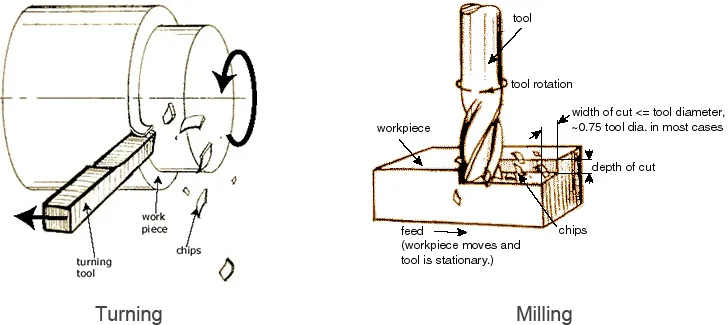

Let's discuss your project. For DMF review, please click here.
Click HereApplications of CNC Turning Services and Parts
YiSi CNC is a CNC turning company offering services suitable for mass production of high precision small CNC turning parts, such as components for cell phone, medical devices, optical equipment, automobile, lighting industry, office equipment, etc. We can know that CNC turning has become the most basic, extensive and important technology in the mechanical manufacturing industry, which directly affects production efficiency, cost, energy consumption, and environmental protection. The CNC turning applications involves the following industries (not limited to):
If you’re looking for CNC turning parts that require precision machine like a turning center or a CNC machine shop near me, YiSi CNC can provide the best CNC lathe machining services for you.
Why Choose YiSi CNC Lathe Machining Services
-

We have a variety of CNC manufacturing capabilities to meet various needs. In addition to turning, we also focus on milling, lathe, drilling, CNC turning and milling services, so you can get a large selection of CNC machining parts from our trusted team.
-

We have a complete set of state-of-the-art turning equipment and quality control systems in the CNC shop, to deliver durable lathe turning parts and custom CNC parts with cheap prices.
-

Our technicians are experts in the field of lathing parts, have rich experience providing customer service in precision CNC machining to a wide range of industries, both domestically and internationally.
YiSi CNC will ensure the quality of machining parts through multiple solutions
We’ll conduct a quality inspection on each order, further reports and certification can be offered at your request. Please submit the order to start.
Critical dimensions
Quantity of parts
Removal of sharp edges and burrs
Number of parts inspected
Surface finish
Full dimensional inspection report
Material/mill test report
ISO9001, ISO14001, ISO27001 and IATF 16949 certifications
First article inspection for orders of 100+ units
Certificate of Conformance
Material Test Reports
Maximum CNC turning capabilities at YiSi CNC
| Size Limit | Metric | Imperial |
|---|---|---|
| Maximum part diameter | 431mm | 17 inches |
| Maximum part length | 990mm | 39 inches |
| Maximum swing on carriage | 350mm | 13.7 inches |
| Maximum spindle through hole | 40mm | 1.5 inches |
What Is CNC Turning And How It Works - Basics of CNC Turning Process
CNC turning is a particular form of the precision CNC machining process that holds a cylindrical workpiece in a chuck and rotated, while the cutting tool is fed to the piece and removing material to get the desired CNC turned components, leaving an excellent surface finish that sometimes requires no post-processing. Turning can be performed on the outside or inside of the workpiece to produce tubular components to diverse geometries.
When it comes to the CNC turning process, the subtractive manufacturing method is typically performed on CNC lathe or turning center. Before the cutting, G-code and turning machine need to be prepared, then secure the blank bar of stock material in the chuck of spindle, the chuck holds the piece in place when the spindle rotates. With the spindle spins to certain speed, a stationary single-point cutter will move on a linear path that parallel to the axis of rotation and remove excess material, reduce the diameter of the block, specify the dimension and create smooth finish, to get final custom CNC turned parts with desired specification.
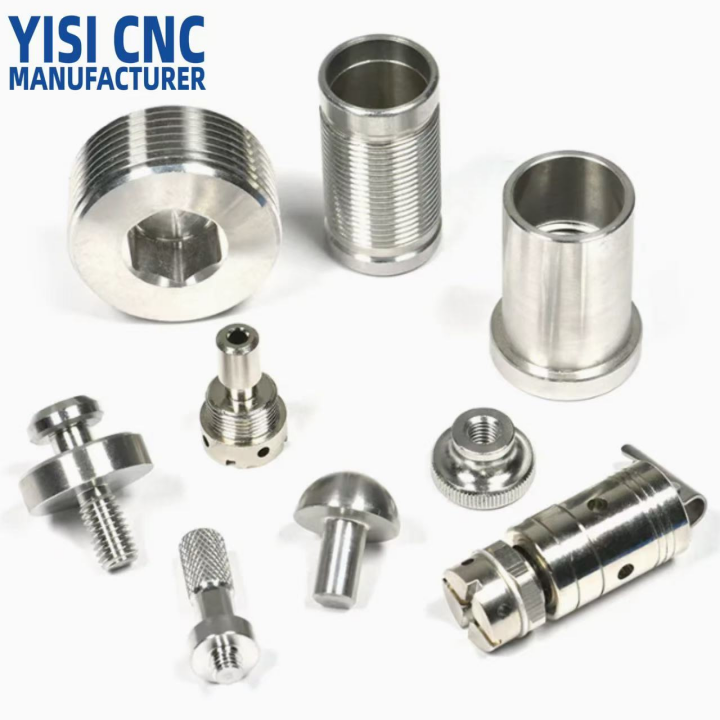
CNC Turning Operations - Types of CNC Turning
There are many types of CNC turning operations for CNC lathe services can be performed on a live tooling lathe in CNC turning factory, including Hard turning, Parting, Facing, Boring, Reaming, Taper turning, Drilling, Knurling, Threading, Grooving, etc., comes in varying tools, cost and set-up time.
- Tapered turning: produce a cylindrical part of which diameter decrease from one end to another.
- Hard turning: suited for materials with a Rockwell C hardness greater than 45, typically performed after heat treated.
- Spherical generation: create a spherical finished surface, turning around fixed rotary axis.
- Facing: a turning operation in which the workpiece is machined to its center.
- Parting: create deep grooves that remove a completed or part-complete component from its parent stock.
- Grooving: similar to parting, but only cut to a specific depth from outside or inside of workpiece.
- Drilling: remove materials to drill holes from the inside of a workpiece with drill bits held stationary in the tail stock or tool turret of the lathe.Boring: enlarge or smooth an existing hole.
- Knurling: cut serrated pattern onto the surface of workpiece with knurling tool, to change or enhance visual effect or hand grip.
- Reaming: remove a small volume of materials from a drilled hole, for highly accurate diameters.
- Threading: turn standard and non-standard screw threads, generally means single-point threading.
- Polygonal turning: non-circular forms machining operation without interrupting the rotation of the raw material.



